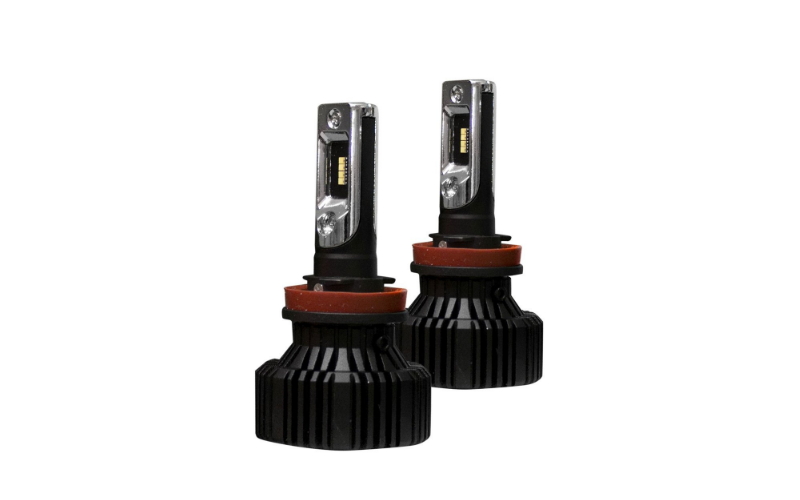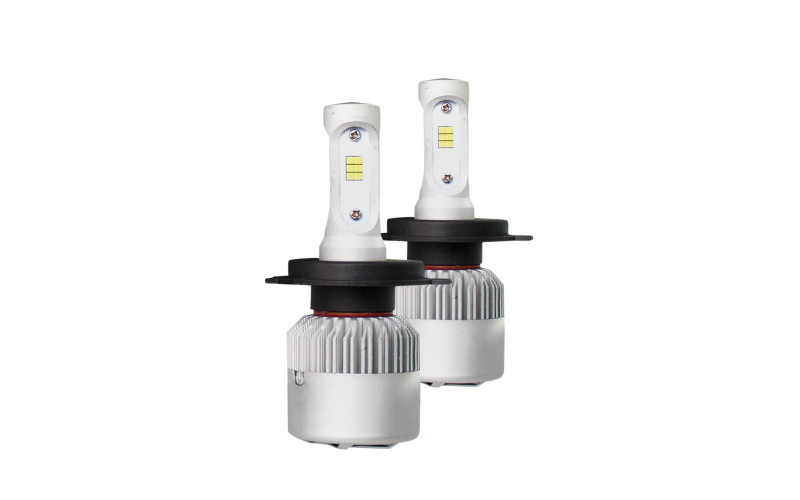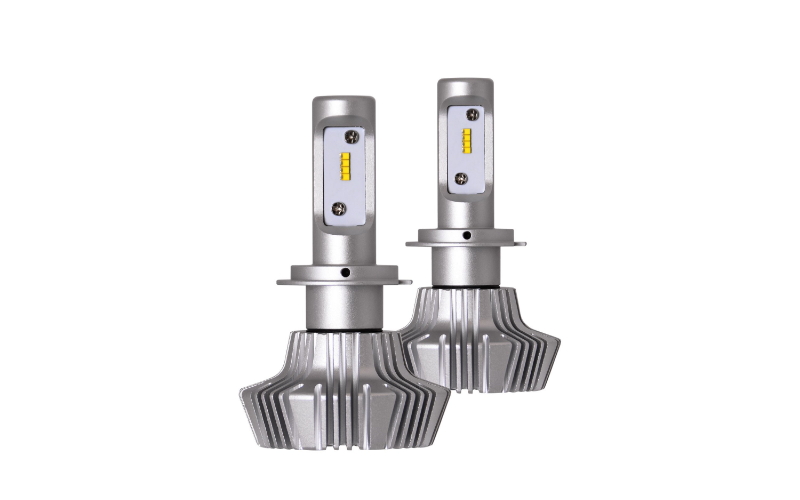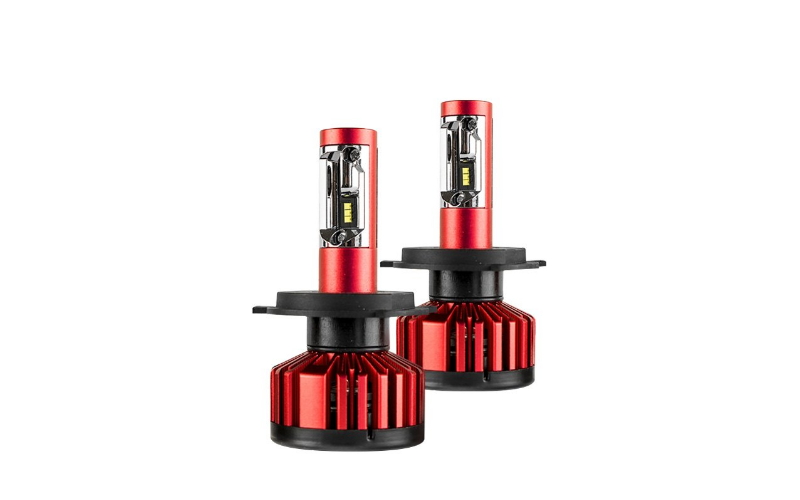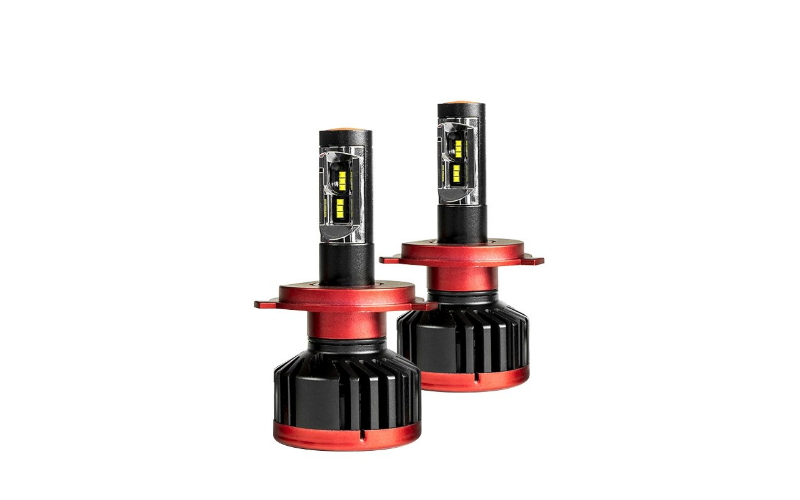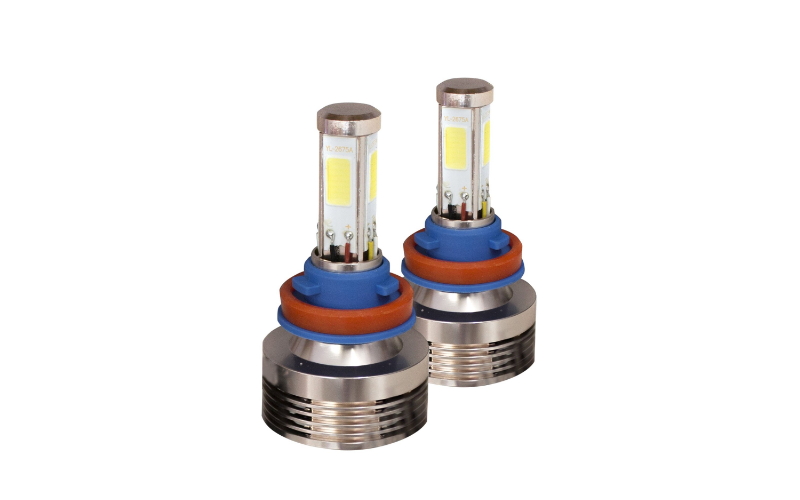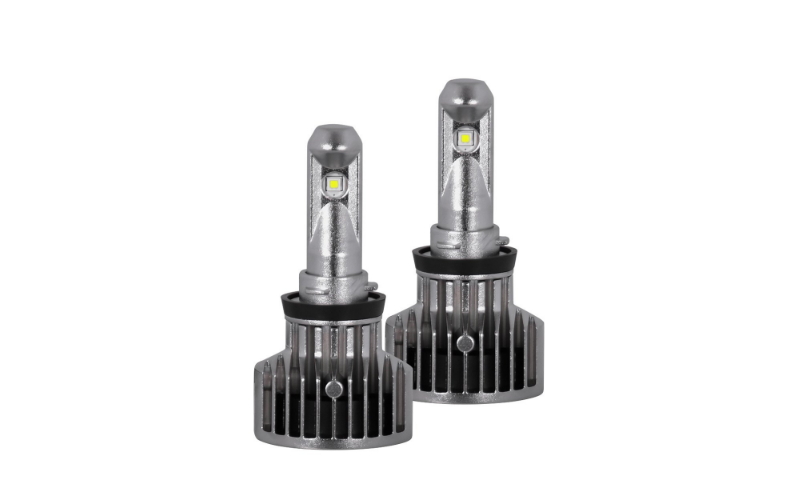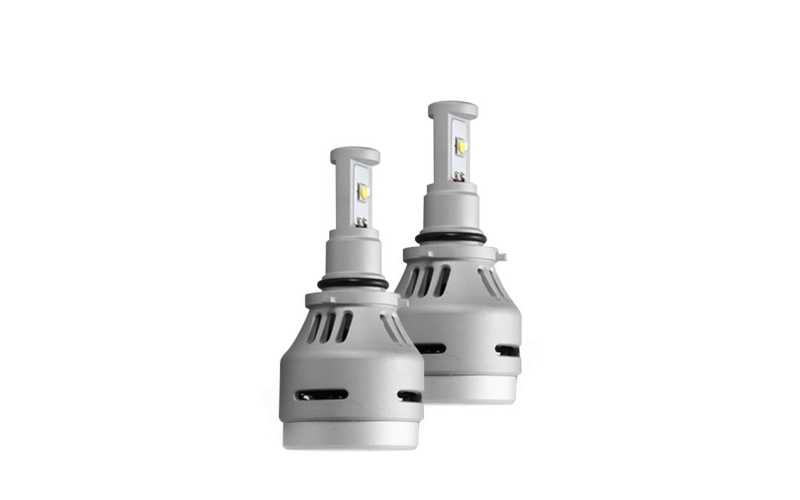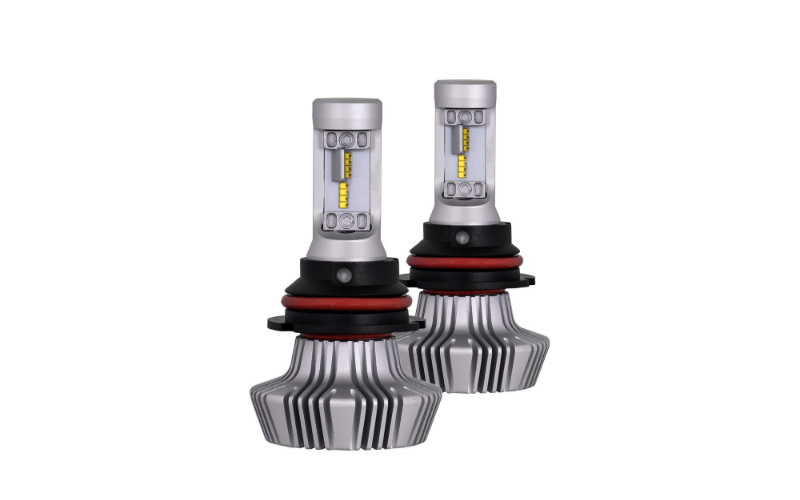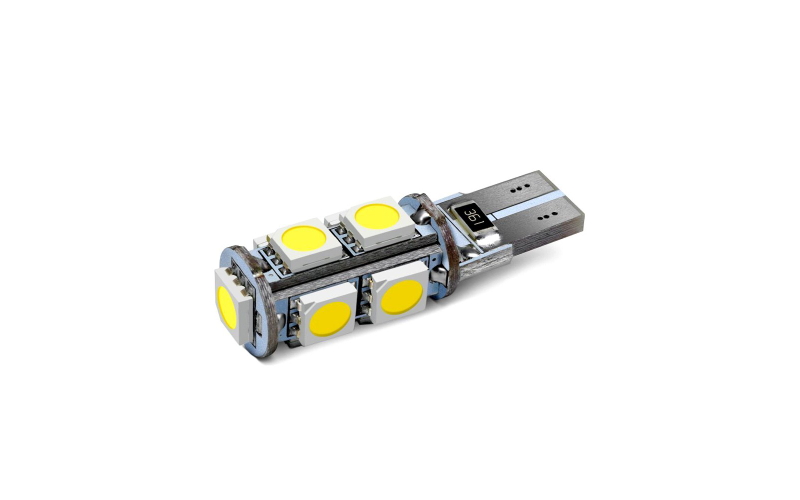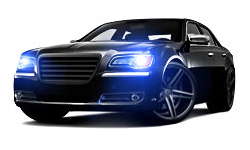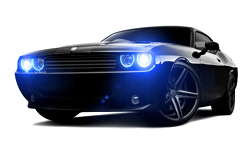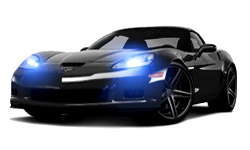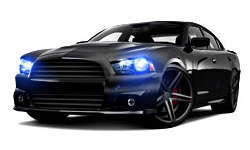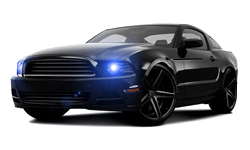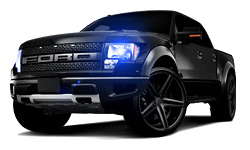What Can Your VIN Tell You About Your Headlights?
Are you considering an upgrade to your car’s headlights but feel a bit lost about where to start or what type of headlights you currently have? No worries, as we’ll be glad to guide you through the process of identifying your current headlights and suggest the best upgrades for each type. Let’s dive in with the first step – understanding your beam pattern.
Identifying Your Beam Pattern
The best idea is to locate the VIN number on your vehicle and use a VIN decoder to see detailed and accurate information about the headlights. You will find out the bulb size, the type of headlights, and much more. Yet, there are certain other ways to see, what type of headlights you have. Let us talk about them.
Products are available — click below to view them!
SEE DETAILS ON EBAY
An easy way to start is by examining the color of your headlight’s beam pattern. Simply turn on your headlights, aim them at a garage door, and observe. If you see a yellowish beam, you likely have halogen bulbs. These are known for their typical warm glow and are a common choice.
On the other hand, if your headlights take a brief moment to brighten up (usually around 7 to 10 seconds) and emit a white light, you’re probably looking at HID (High-Intensity Discharge) bulbs. These are known for their efficiency and brightness.
Lastly, if your headlights light up instantly with a crisp white beam, you likely have factory-installed LEDs. These are known for their immediate response and clear, bright light.
Still Unsure? Here’s How to Find Out
If you’re still unsure about your headlights, there are several ways to get a definitive answer:
- Visit Your Dealership. Swing by your local dealership and simply ask, “What kind of headlights do I have?” They’re usually more than willing to assist.
- Check Your Vehicle Handbook. Your vehicle’s handbook or the VIN number (found on the door jamb or front corner of your dashboard) can be a treasure trove of information. You can also call your dealership with your VIN number for assistance.
- Inspect the Bulb Itself. Remove the bulb from its housing and take a closer look. If it’s a halogen bulb, you’ll notice a simple design with a tungsten filament wire inside the glass. HID bulbs, on the other hand, feature a return wire running the length of the bulb and a distinctive glass bubble.
Understanding Different Headlight Types
Let’s take a closer look at the different headlight types. For instance, with an F-250, you might find both halogen and OEM LED options. Halogen headlights typically feature a simple reflector design, similar to a mirror. LED headlights, in contrast, have a more complex design with an integrated LED module and no replaceable bulbs. HID headlights are recognizable by their replaceable bulbs, held in place with retaining springs.
Identifying and upgrading your car’s headlights doesn’t have to be a daunting task. By understanding the beam pattern, consulting your vehicle’s resources, or physically inspecting the bulbs and headlights, you can easily determine what you have and explore the best upgrades for your vehicle. Remember, whether it’s halogen, HID, or LED, each type offers unique benefits and characteristics. Happy upgrading!
Products are available — click below to view them!
SEE DETAILS ON EBAY
